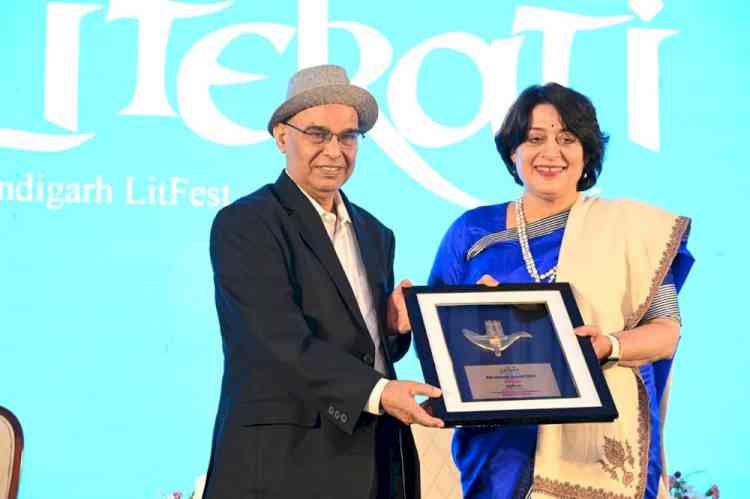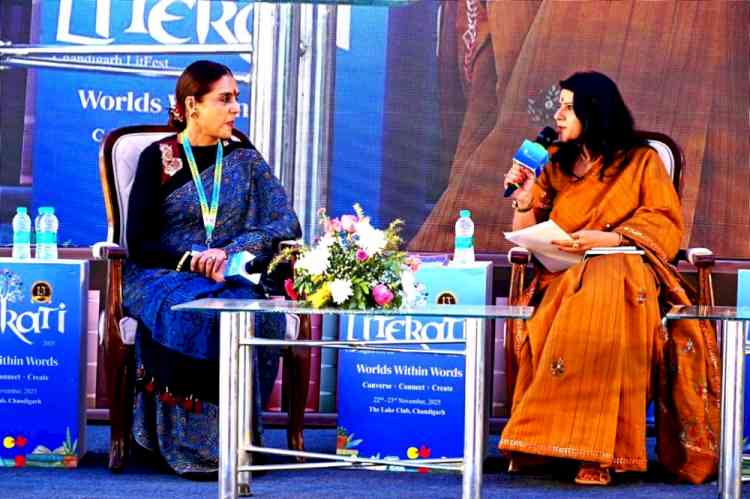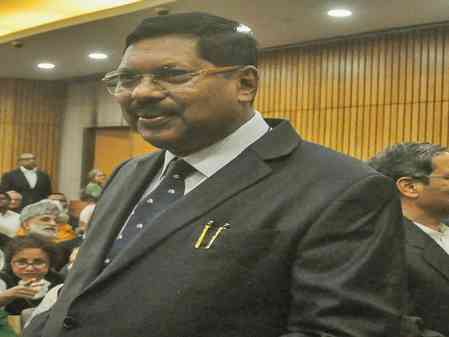SonShine: Reminiscing Photojournalist Aditya Jaitly
Ludhiana-based author Lalit Berry pens a tribute to the 26-year-old lensman whose passion, courage, and artistry behind the camera left an indelible mark before his life was cut short in a tragic road accident.

By Manoj Dhiman
On a quiet March morning in 2011, the newsroom of The Times of India, Ludhiana bureau, received news that shook the media fraternity of Punjab. Their young and spirited photojournalist, Aditya Jaitly, had met with a tragic end in a road accident near Khanpur village, close to Kharar town. Just 26 years old, Aditya’s promising journey was cut short in an instant, leaving behind grieving colleagues, friends, family, and countless admirers of his work.
Aditya’s car had collided with a truck as he drove towards Chandigarh. Though rushed to the Post Graduate Institute of Medical Education and Research (PGIMER), Chandigarh, doctors declared him dead. The news spread quickly across Punjab’s journalistic circles, with shockwaves reaching the highest echelons of political leadership. The then Punjab Chief Minister, Parkash Singh Badal, and Deputy Chief Minister, Sukhbir Singh Badal, issued condolence messages acknowledging the loss of a gifted and fearless journalist.
More than a decade later, Ludhiana-based author and poet Lalit Berry has immortalized the memory of this young lensman in his book `SonShine...Reminiscing Aditya Jaitly’. The book is not only a heartfelt tribute but also a reminder of how journalism, especially photojournalism, thrives on passion, courage, and an eye that sees beyond the ordinary.
A Journalist in the Making
Born on November 7, 1984, Aditya inherited his fascination for journalism from his father, Ashvani Jaitly, a veteran journalist who worked with leading dailies over decades. While many in the field undergo formal training, Aditya chose the road less travelled. Armed with nothing but raw passion, an intuitive eye, and an unrelenting spirit, he ventured into photojournalism.
Within a remarkably short span of time, Aditya rose through the ranks of Ludhiana’s bustling media world. His photographs began appearing with page-one stories of The Times of India. They were not just pictures but visual stories that captured mood, emotion, and truth with a rare authenticity.
Colleagues recall his smiling face, approachable personality, and eagerness to learn. Aditya would often be seen engaging in conversations with both seniors and juniors, absorbing every detail of the craft. He was a learner first, journalist second. He wanted to master every technical nuance of photography and never let ego come in the way.
The Courage of a Lensman
Photojournalism is often romanticized as a profession of beauty and creativity, but it also demands courage. Aditya’s short career had its share of risks and brushes with danger.
On November 1, 2009, while covering an incident at Ludhiana’s Civil Hospital, Aditya and another photojournalist found themselves in the middle of a violent brawl. As they tried to capture images of clashing groups, armed assailants attacked them. Aditya was struck with sharp-edged weapons, leaving him with four serious head injuries. His attackers snatched away his camera and mobile phone before fleeing.
Aditya was rushed to Civil Hospital and later shifted to Dayanand Medical College and Hospital (DMC), where he underwent treatment. The incident rattled the journalistic community but also cemented Aditya’s image as a daring professional who never shied away from risk in pursuit of truth.
A Different Eye
What made Aditya stand out among his peers was his perspective. While many photojournalists focus primarily on the “event,” Aditya sought stories in details others overlooked.
His pictures often captured life from unusual angles—frames that conveyed freshness and thought. Nature was a recurring subject of his lens. Flowers in bloom, the shifting hues of the sky, the play of sunlight, or the changing moods of weather—these became his silent subjects, complementing his routine coverage of crime, politics, and social events.
Editors recognized this uniqueness and often assigned him special projects. His photographs accompanied not just hard news stories but also feature pieces where a single image could convey what paragraphs of text could not. In his hands, the camera was not merely a device; it was an extension of his soul.
Popularity Among the Masses
By 2011, Aditya had become a well-known figure in Ludhiana’s social and media circles. Politicians, social workers, and fellow journalists admired him not only for his work but also for his humility. Despite his rising stature, he remained approachable and grounded.
His untimely death brought this popularity into sharp focus. At his cremation, thousands of people—family, colleagues, friends, and admirers—gathered to bid farewell. Tears flowed freely as people remembered the young man whose photographs had chronicled their lives and city with authenticity.
For many, the tragedy was not just the loss of a talented photojournalist but of potential unrealized. “Had he lived,” some said, “he would have been among the top names in Indian photojournalism.”
The Book as a Tribute
It is this sense of loss and admiration that Ludhiana-based writer Lalit Berry seeks to capture in `SonShine...Reminiscing Aditya Jaitly’. The book is not merely a chronicle of Aditya’s life but a meditation on the fragility of human existence and the enduring power of memory.
Berry, known for his poetic sensibilities, brings a lyrical touch to the narrative. Through anecdotes, reflections, and accounts from those who knew Aditya, he paints a portrait of a young man whose life may have been short but was far from insignificant. The book also highlights the critical role of photojournalism in society—the courage it demands, the risks it entails, and the creativity it thrives upon.
In dedicating his work to Aditya, Berry ensures that the young journalist’s contributions and spirit continue to inspire new generations of storytellers.
The Legacy of a Life Interrupted
The story of Aditya Jaitley is, at its core, the story of passion interrupted. In just a few years, he carved a niche for himself, became a recognizable name in Punjab’s media landscape, and showed signs of greatness to come. His sudden passing in 2011 froze that trajectory, but it did not erase it.
His photographs—archived in newspapers, personal collections, and memories—remain testimony to his skill. For his colleagues, they are daily reminders of the young man who lived for his craft. For his family, they are fragments of a life lived too briefly but with intensity. For the city of Ludhiana, they are part of its visual history.
Journalism, Risk, and Memory
Aditya’s story also raises broader questions about the profession he embodied. Journalism, especially at the ground level, is fraught with risk. Photojournalists often place themselves in harm’s way—whether at crime scenes, protests, or conflict zones—to ensure the truth is recorded. Their work is vital to democracy, yet their safety is often precarious.
The attack on Aditya in 2009 and his subsequent death in a road accident two years later underscore the fragility of life in the field. They remind us of the sacrifices, seen and unseen, that journalists make to keep society informed.
SonShine...Reminiscing Aditya Jaitly
In choosing the title `SonShine...Reminiscing Aditya Jaitly', Lalit Berry offers more than a poetic metaphor. The sun, rising anew each day, symbolizes hope, light, and beginnings. For those mourning Aditya, it is also a reminder that while his journey ended prematurely, his legacy continues to rise each day through his work and memory.
Aditya’s life and work are proof that impact is not measured by years lived but by lives touched. His photographs, courage, and spirit continue to inspire not only journalists but also anyone who believes in the power of passion and sincerity.
Journey Continues
The story of Aditya Jaitley is not one of despair but of inspiration. Though his life ended abruptly on a road near Kharar, his journey continues in the pages of `SonShine...Reminiscing Aditya Jaitly’, in the memories of his colleagues, and in the photographs that speak louder than words.
Every time a young journalist lifts a camera with curiosity in their eyes and courage in their heart, Aditya’s spirit rises again—like the sun, first and forever.


 City Air News
City Air News 










